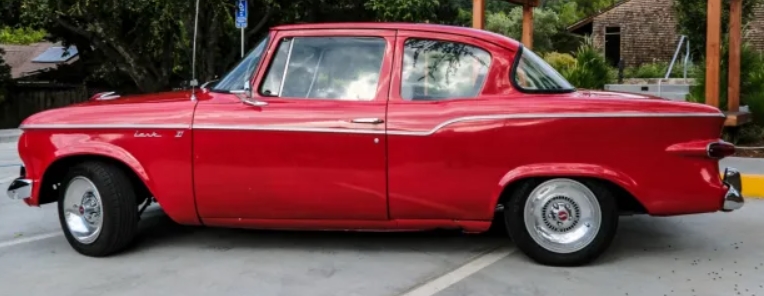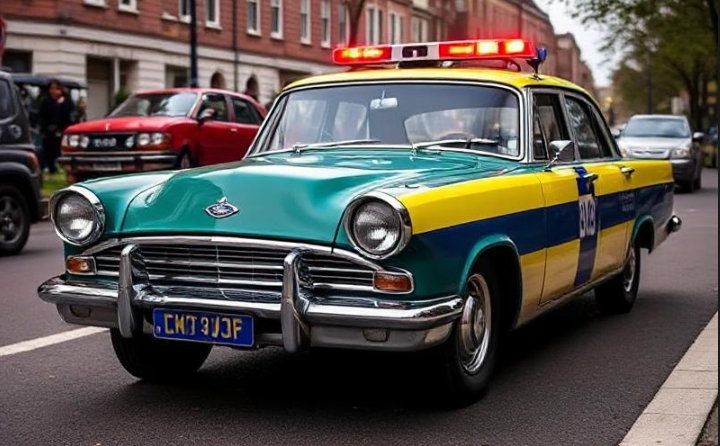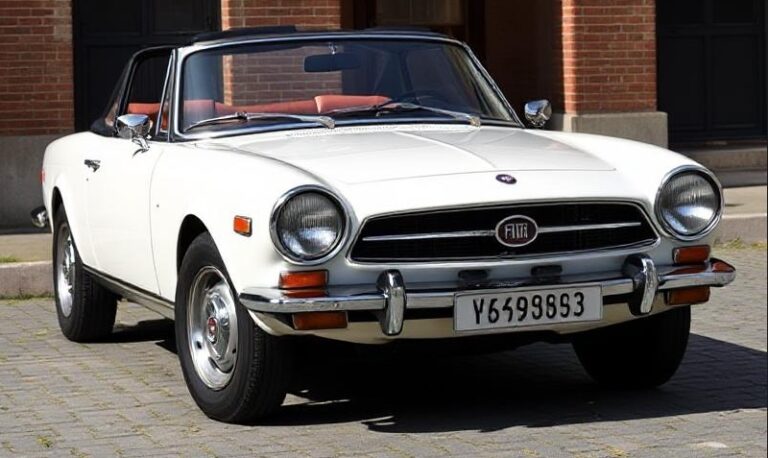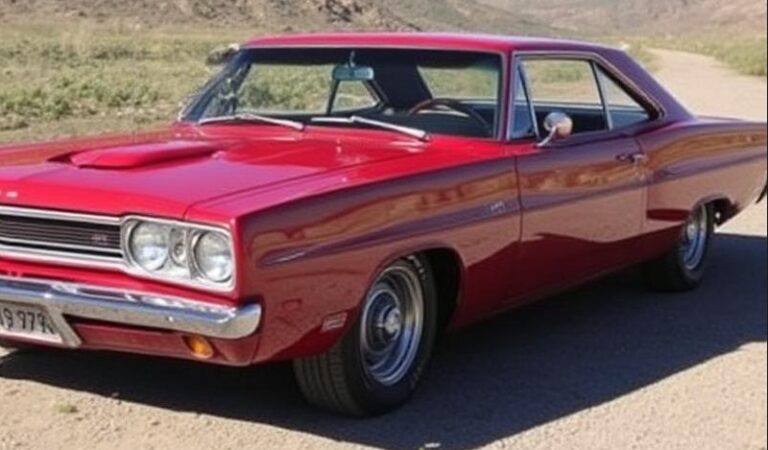The Evolution of the Studebaker Lark: A Comprehensive Look
The Studebaker Lark, produced between 1959 and 1966, represents one of the most interesting chapters in American automotive history. Known for its uniqueness and versatility, the Lark was introduced during a tumultuous time for the automobile industry and showcased Studebaker’s resilience and innovation. This article delves into the evolution of the Studebaker Lark, highlighting its various models, trim levels, and the wider context of the automotive world during its production years.
Introduction to the Studebaker Lark
The Studebaker Corporation, originally founded in 1852 as a wagon manufacturer, entered the automobile industry in the early 1900s. By the late 1950s, however, the company was facing significant challenges. In 1958, the company realized its survival hinged on developing a more competitive and appealing compact car, leading to the birth of the Studebaker Lark.
1959: The Birth of the Lark
The Lark made its debut in 1959, coming as a response to a growing demand for smaller cars, particularly amid the post-war economic boom. The compact Lark was designed by the team led by industrial designer Ray Dietrich. It was offered in three body styles: a two-door sedan, a four-door sedan, and a station wagon.
Trim Levels of 1959:
- Lark 6: This model featured Studebaker’s 185-cubic inch inline-six engine producing 101 horsepower. The Lark 6 was aimed at those looking for fuel efficiency and practicality.
- Lark 8: Equipped with a more powerful 259-cubic inch V8 engine yielding 170 horsepower, the Lark 8 was for buyers conditioned to more power.
- Lark Regal: Positioned as a more luxurious option, the Regal trim added comfort-oriented features, appealing to families and professionals.
Overall, the initial reception of the Lark was positive, with its sleek design and reliable performance helping it carve a niche in the compact car market.
1960: Refinement and Expanded Offerings
The Lark continued to gain popularity in 1960. Studebaker made several refinements based on customer feedback, leading to a more polished product.
Trim Levels of 1960:
- Lark 6 and Lark 8: Continued from the previous year, these models received minor aesthetic changes with new colors and optional features.
- Lark Regal: Remained a strong seller, now boasting additional luxury options such as upgraded upholstery and power features.
- Lark Deluxe: Introduced as a more budget-friendly option, offering essential features without many luxury extras.
The success of the 1960 model year further encouraged Studebaker to maintain focus on the Lark line, despite the growing competition in the segment.
1961: The Introduction of a Convertible and More Options
In 1961, the Lark lineup expanded further with the introduction of a convertible model, marking Studebaker’s entry into the convertible market. This year also featured a few styling updates.
Trim Levels of 1961:
- Lark 6 and Lark 8: Continued their popularity, offering both models in a convertible body style for this year.
- Lark Regal: The Regal trim continued to provide luxury features with options for more powerful engines.
- Lark Daytona: The new top-line model featured unique trim and styling elements, plus more performance options.
The introduction of the Daytona was vital in attracting a younger demographic who appreciated both style and performance.
1962: Expansion into Performance
By 1962, Studebaker shifted its focus to performance. The Lark was no longer just a compact car—it was also a contender in the emerging muscle car market.
Trim Levels of 1962:
- Lark 6 and Lark 8: Offered with more options for enhanced performance.
- Lark Regal and Lark Daytona: Both trims saw a boost in optional performance packages, allowing buyers to upgrade their engines and exhaust systems.
- Lark Cruiser: A new luxurious iteration emerged with a greater focus on comfort and style, targeting a more upscale buyer demographic.
Studebaker also made a crucial decision to offer a supercharged version of the 289-cubic inch V8 engine, enhancing the sporty appeal of the Lark, especially with the Daytona and Cruiser trims.
1963: Introduction of the “Avanti” Influence
For 1963, Studebaker leveraged the success of its innovative Avanti model to influence the Lark’s design and features. The Lark was now seen as a more sophisticated vehicle that offered modern styling cues.
Trim Levels of 1963:
- Lark 6 and Lark 8: Continued with mild refreshes and interior updates.
- Lark Regal: Saw enhancements in materials and technologies.
- Lark Daytona: Remained a performance-focused model, receiving more attention from the public, adding to its sporty image.
Studebaker remained committed to making the Lark a more contemporary vehicle, aligning it with the changing tastes of American consumers who wanted both practicality and style.
1964-1966: The Decline of Studebaker
Despite efforts to keep the Lark relevant, the automobile industry was in a period of transition. Competition was fierce, and Studebaker’s financial struggles became more pronounced. The Lark’s popularity began to wane as consumer preferences shifted and financial realities forced Studebaker to evaluate the future of its production lines.
Trim Levels from 1964 to 1966:
- Lark 6 and Lark 8: Continued with minor improvements until their phases out.
- Lark Regal and Lark Daytona: Both continued but with limited options as Studebaker struggled financially, ultimately leading to the end of the Lark’s production.
The last Lark rolled off the assembly line in December 1966, marking the end of an era for Studebaker. By this time, the once-popular compact car had transitioned from being an innovative response to the market’s needs to another victim of the industry’s shifting dynamics.
.
NO MORE dead batteries with this:

.
Conclusion
The Studebaker Lark’s journey from 1959 to 1966 encapsulates a significant period in automotive history. Throughout its evolution, the Lark adapted remarkably to market changes while maintaining an identity that combined practicality with unique styling and performance. The development of various trim levels and models allowed it to compete with names like Ford, Chevrolet, and Plymouth.
Although the Lark ultimately faced challenges leading to the closure of the Studebaker factory in South Bend, Indiana, it left a legacy as one of the notable compact vehicles of its time. Today, it remains a beloved classic among auto enthusiasts and collectors, a testament to its innovative spirit and the nostalgic fondness for the American automobile industry of the 1960s.







